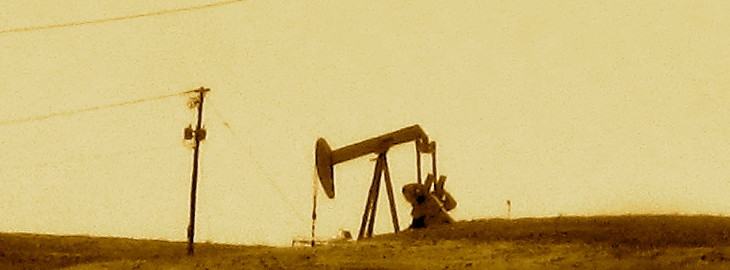Investors will soon have the opportunity to buy into the ultimate oil company – Saudi Aramco. Saudi Arabia recently announced its National Transformation Plan, called Vision 2030. It lays out several plans for the country’s economy. Among these is the upcoming IPO of a portion (small) of Aramco. Hidden in the news stories, interviews, and documents are some important new details for investors.
1) Who will be able to invest?
Shares in Aramco will be listed on the Saudi stock exchange, Tadawul, but funds will also be established to facilitate investment from foreign individuals and entities. It appears that the Saudis are encouraging foreign investment to increase liquidity.
2) What will be offered in the IPO?
No more than 5% of Aramco will likely be offered, with the exact percentage to be determined by how much cash the Saudis are looking to raise at the time of the IPO. It seems that shares in Aramco itself will be offered, but Aramco is to be converted into a holding company for all of Saudi Arabia’s energy assets. This holding company will consist of Saudi Arabia’s assets in oil reserves, refineries, petrochemical plants, alternative energy initiatives, transportation and distribution mechanisms, and research and development operations.
3) Will there be big dividends?
Right now the Kingdom funds its government largely through Aramco’s profits – essentially taking regular and large dividends. Saudi Arabia will need to continue to do this with the portion of the company it continues to own. It is possible that the class of shares the Kingdom will offer to outsiders will not include such high dividends. However, if it does offer dividends similar to the type enjoyed by the Kingdom, investors should look for the value of the IPO to be unbelievably high.
4) What will Aramco do with the money raised from the IPO?
Typically, money raised in an IPO is mostly reinvested in the company. However, Saudi Arabia says it intends to use the cash to fund, in part, its new Public Investment Fund (PIF). The relationship between the PIF and Aramco has not been made clear. If, in fact, IPO money is taken out of Aramco and put into a different investment vehicle, investors may become concerned about where their investment is going. On the other hand, perhaps this unconventional practice should not cause concern, because the IPO will account for such a small part of Aramco.
5) What will the relationship be between Aramco and the PIF?
The Saudis have said little about this topic at this point, but there are several possibilities:
- Saudi-owned shares of Aramco will come under the PIF. This situation is unlikely because the PIF is supposed to control $2 trillion and Aramco alone would make its value about $10 trillion.
- The PIF will be a subsidiary of Aramco. This would simplify the process of passing IPO funds form Aramco to the PIF but would mean that outside investors would have claim to a small portion of the PIF.
- Aramco and the PIF remain separate entities. In this case either Aramco or the PIF could invest in the other.
Remember that when it comes to business operations in Saudi Arabia, the royal family has absolute control and can do as it wants. Traditionally, however, the Saudis have always followed Western business practices to ensure confidence in their companies and country.
6) Who is advising Saudi Arabia on the IPO?
The Saudis have chosen JPMorgan and M. Klein & Co. as advisors, but the banks underwriting the listing have not been decided.
7) When will the IPO occur?
The Saudis have not announced a timeline but mention 2017 as a desired target.
8) Is it safe for foreigners to invest in Saudi Arabia?
Investors looking to foreign countries, generally want to see political stability, economic stability, and rule of law.
Politically, Saudi Arabia’s hardline approach to terrorism makes it by far the most politically stable state in the Middle East. Saudi Arabia’s harsh treatment of political dissent has been very successful at stopping radical religious uprisings and terrorist activities.
Saudi Arabia’s economy is underwritten by huge oil reserves. Even though Saudi Arabia has been spending some of its cash reserves over the last two years while low oil prices cause it to run a deficit, the Kingdom still maintains huge coffers. Saudi Arabia has a good credit rating (even though it was recently downgraded) and the ultimate collateral – ownership of the second largest known oil reserves in the world.
In terms of rule of law, Saudi Arabia has always sought to maintain a general order of legal stability in business operations. Almost alone amongst major oil-producing nations, Saudi Arabia chose to nationalize its oil industry by legally purchasing shares in the foreign company, Aramco, over a period of time. Most other countries (Iran and Mexico are good examples) took their oil industries through edict, legislation, or force. As far back as the 1950s, the Saudis have shown a deep understanding of foreign financial procedures and tax structures—oftentimes better even than the Western companies with which they were negotiating—because it was in their interests. Prospective investors in Aramco should have a large degree of confidence in the rule of business law in Saudi Arabia.
(also on investing.com as “8 Things You Need To Know About Saudi Aramco’s IPO“)
